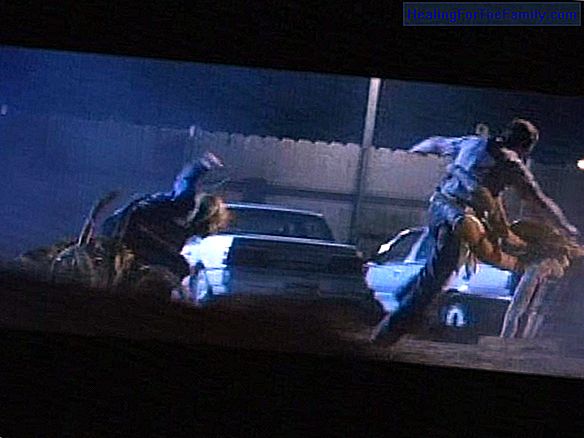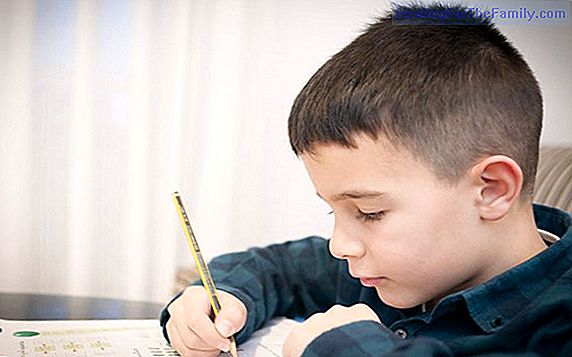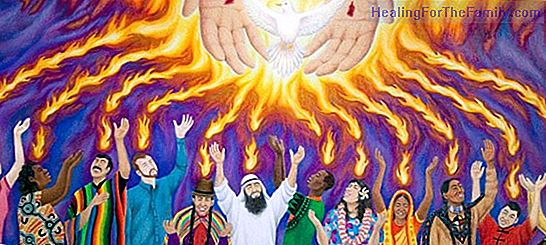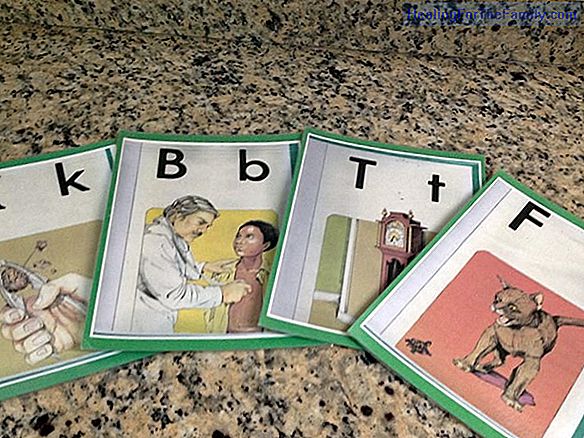How the mind of children with autism works
The Theory of Mind refers to the ability we have to put ourselves in the place of another person and understand that each person perceives, feels, thinks, desires or believes in different things. This brings us to a concept like empathy and the difficulty that some show to put themselves in the plac
The Theory of Mind refers to the ability we have to put ourselves in the place of another person and understand that each person perceives, feels, thinks, desires or believes in different things. This brings us to a concept like empathy and the difficulty that some show to put themselves in the place of the other.
Children approximately 4 years old son are able to understand that others have thoughts, intentions and desires that determine their ways of acting. They are also able to recognize that people differ in their thoughts and intentions, and that these differences involve differences in behavior. People with autism have difficulties in this capacity that allows us to put ourselves in the place of the other.
The Theory of the Mind. How the minds of children with autism work Researchers in
"Theory of Mind"
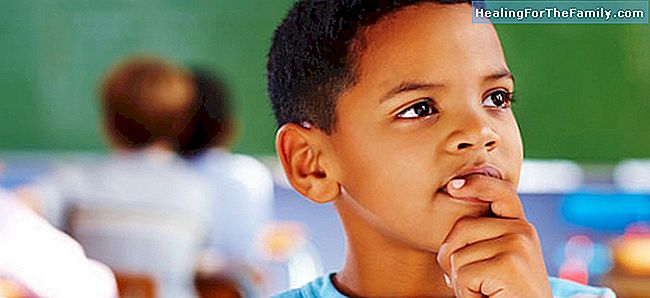
(Baron-Cohen, Leslie and Frith, 1985) designed an experiment called Sally-Ann or "false belief". In the experiment, the child observes how the experimenter represents a story with two dolls : Sally has a basket and Ann has a box. Sally puts a ball in her basket before leaving the room. Ann, when Sally is out, takes the ball out of the basket and puts it in her box. Sally returns to the room. The question that is asked of the child is the following:Where will Sally look for her ball?
A person with a good theory of mind will point out that Sally will look for the marble in the basket because she does not know that Ann has changed the ball and put it in her box. The child with autism, on the other hand, will say that Sally will look for it in the box, because she does not understand that Sally still thinks that the ball is in the basket where she left it, she does not understand that her actions are based on a "wrong thinking" ( false belief), does not understand that others have their own thoughts (mental states) that may be different from reality and that may differ from their own. Mark Haddon in his novel El "The curious incident of the dog at midnight"
describes the difficulties in Theory of the Mind of the protagonist of his novel Cristopher Boone, is a fifteen-year-old boy with Asperger's Syndrome: One day Julie ( Cristopher's teacher) sat at the desk next to mine and put a tube of Smarties candy on the desk, and said: - Christopher, what do you think is inside here?
And I said: - Smarties. Then he took the lid off the Smarties tube and tilted it and a small red pencil came out of it, and Julie laughed and said:
- It's not Smarties, it's a pencil.
Then he put the red pencil back into the Smarties tube and put the lid back on. Then he said:
- If your mom came in now and we asked her what's inside the Smarties tube, what do you think she would say? - because then I used to call Mother Mami, not Mother.
And I said:
- A pencil.
That was because when I was little
I did not understand las that other people had minds. And Julie told Mother and Father that it would always be very difficult for me. But now it is not difficult for me. Because I decided it was a kind of puzzle, and if something is a puzzle
there is always a way to solve it.

